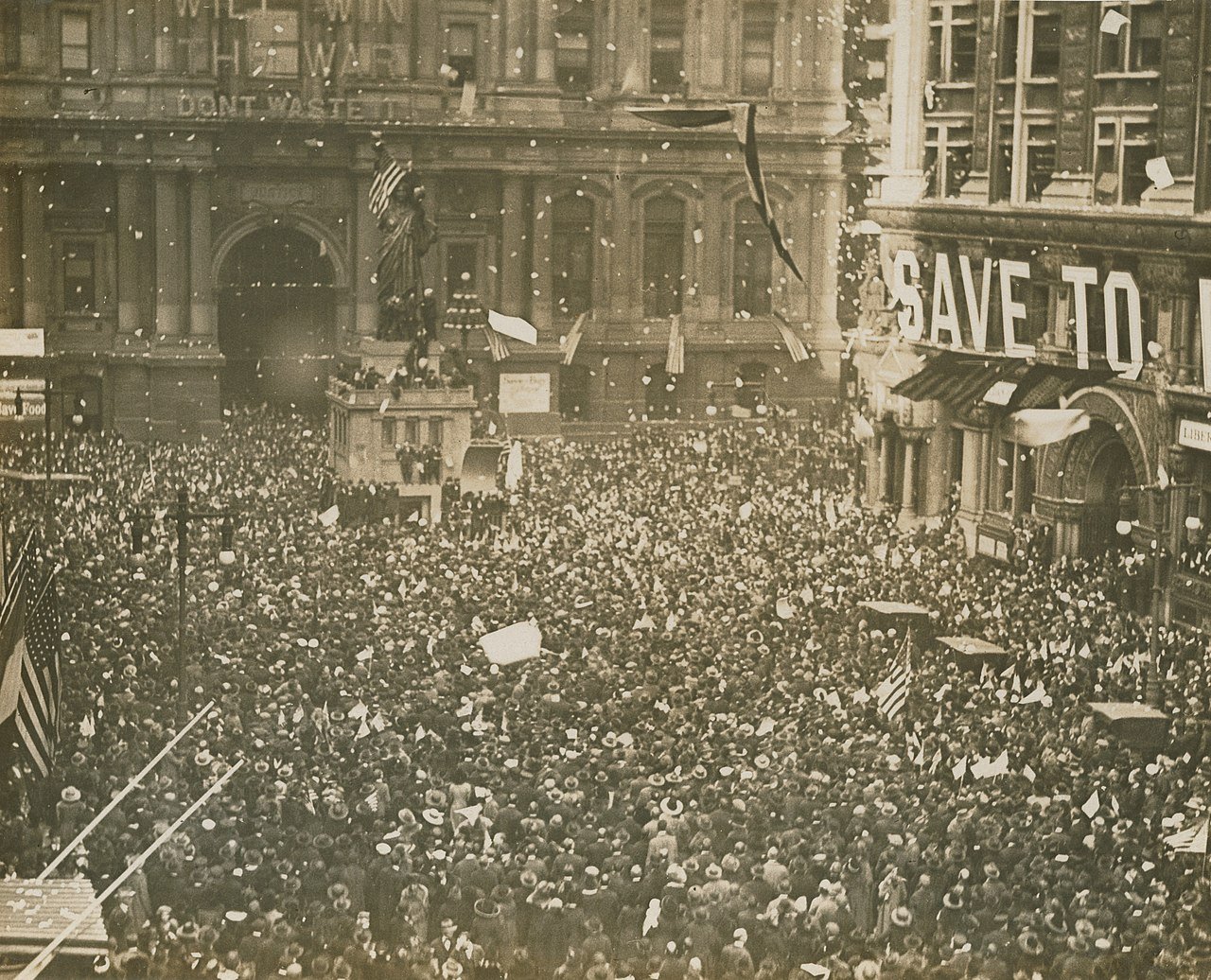7 Surprising Facts About Armistice Day
The 11th of November isn't just another day on the calendar. It's Armistice Day—a raw reminder of the sacrifices made and lives lost in World War I. Sure, you've heard about the "eleventh hour of the eleventh day of the eleventh month," but there's more to this story than meets the eye. From the roots of the two-minute silence to the chilling significance of a railway carriage in France, these hidden stories reveal the hard truths behind one of history’s deadliest chapters. Let's take a closer look at them.
1. The 11th Hour Symbolism: More Than Just a Phrase
The armistice that ended World War I was signed at 0500 on 11 November 1918, but the fighting didn’t stop until 1100. Those six hours? They weren't peaceful. An estimated 10,944 soldiers died on that final day. The last soldier killed was an American GI who charged the German lines after he was demoted for expressing anti-war sentiments.
The blockbuster film All Quiet on the Western Front doesn’t hold back in its portrayal of the final battle of WWI.
The “eleventh hour of the eleventh day of the eleventh month” became a powerful symbol of the war’s end, marking the precise moment of peace after years of brutal conflict.
2. The Origin of the Two-Minute Silence
The tradition of observing a two-minute silence on Armistice Day began in 1919, following a suggestion by Sir Percy FitzPatrick, a South African statesman. The first minute was to honor the 20 million dead soldiers and civilians, and the second minute was for the living—the families left behind.
3. The First Armistice Day Celebration
Armistice Day was first celebrated at Buckingham Palace on 11 November 1919, by King George V of Britain, who requested that all people across the British Empire observe a moment of silence at the same time, to remember the fallen.
4. From Armistice Day to Veterans Day in the United States
In 1954, Armistice Day was renamed Veterans Day to honor, not only those who served in World War I, but all American veterans. President Eisenhower, a veteran himself, signed the bill into law.
5. Global Observances of Armistice Day
While many countries honor 11 November as a day to remember those who served in wars, some observe it on different days. For example, New Zealand observes Armistice Day on the Sunday closest to 11 November. In South Africa, the Memorable Order of Tin Hats took their tribute to another level in the 1920s. Their ceremony for “Fallen Comrades” wasn’t just silent—it was held in complete darkness, save for the “Light of Remembrance.” The somber ritual closed with their anthem, “Old Soldiers Never Die,” leaving a haunting echo that honored the unbreakable bond of those who served.
6. The Symbolic Railway Carriage of Compiègne
The Armistice that ended World War I was signed in a railway carriage deep in the Compiègne Forest, northern France. But here’s the dark twist—when Germany crushed France in 1940, Adolf Hitler demanded that the same carriage be dragged out for their surrender. A chilling act of revenge, using history to serve a ruthless power move.
7. The "Forgotten Armistice" in Germany
While the world celebrated peace on 11 November 1918, Germany descended into ultimate chaos. Civil war and uprisings ripped through the country, overshadowing the armistice and plunging post-war Germany into violent unrest. Instead of peace, they got a front-row seat to their own internal battleground. The unrest combined with the policy decisions that followed, helped sow the seeds of World War II.
Honoring Veterans: The WOD for Warriors Monthly Mission
Now, it's our turn to honor those who've served. On 11 November, we're taking on the WOD for Warriors Monthly Mission. It’s six rounds—one for each branch of our Armed Forces. The rep scheme? 11-19-18, marking the day WWI ended. This isn't just a workout; it's a tribute to those who gave it all. Let’s go all in for those who’ve given it all.


